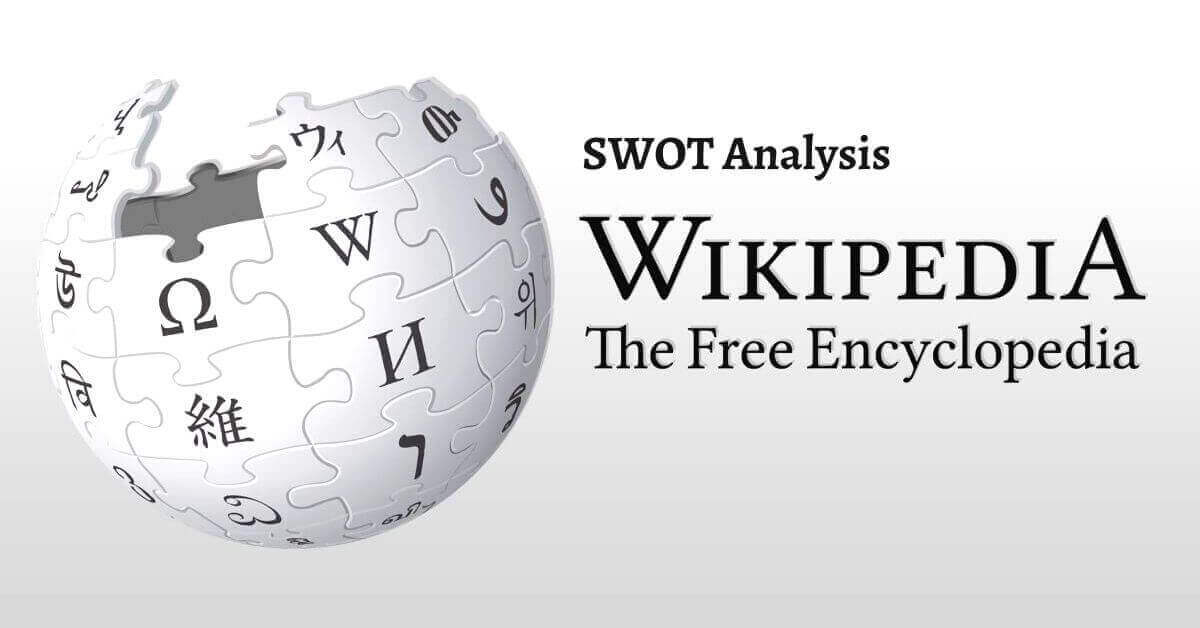The objective of personal swot analysis is to evaluate yourself so that you could plan your future and career. As they say “make your passion a profession, and you’ll never have to work a single day in your life.” It’s easier said than done because the key element here is finding your passion. That’s where the role of personal swot analysis kicks in.
If you’re familiar with your weaknesses and you know how to manage them, then it increases the success rate of your life. The swot analysis is a powerful tool; it helps you to find out your strengths and weaknesses, then you exploit the opportunities by avoiding the threats.
Now, the question is how to perform a personal swot analysis. Here’s how you should do it by outlining your strengths, weaknesses, opportunities, and threats one by one in detail;
Personal Strengths
You’ll be confident once you know and list down your key strengths. It would be much easier for you to recall it and remind yourself who you are. They’re as follows;
- Are you involved with any type of larger network? If you are, then your contacts with influential people are your strong points.
- The values you believe in, others fail to perceive.
- Your proud achievements
- The qualities that others perceive of yours as key strengths
- Your access to the personal resources
- Things that you can do better than anyone else like leadership skill
- Your professional certificates and recognition separates you from the crowd
When you’re analyzing yourself, and then try to be as objective as possible. You shouldn’t avoid your strengths by remaining modest, hesitant, and shy. Once you do recognize your strengths, then they put a smile on you and make you feel happy.
If it’s difficult for you to point out your strengths, then you should focus on all of your traits and characteristics. For instance, if you’re a lawyer, and everyone around you is a doctor or engineer, then it’s your strengths. If everyone else also has a law degree, then it’s not your strength.
Personal Weaknesses
Weaknesses are the areas where you need improvements. Once you point out your weak areas, then they would help you to be ready and prepare yourself. Here are the questions that you should keep in mind, and they’re as follows;
- Things that others think of yours as weaknesses, but you don’t
- Qualities that need improvement to become more efficient
- Negative habits like bad reporting time, poor communication, getting late, etc
- Don’t have the trust and confidence in your training and education
- Things that you usually avoid because of the lack of confidence
You should analyze your weaknesses both from your and others’ perspectives. Why and how your colleagues are performing better than you. You should follow the realistic approach if something is unpleasant, and face it bravely.
Available Opportunities
Opportunities would show up in different forms. It’s probable that you won’t notice them. Here are a few things that you should look out for;
- Learning new skills would provide you a competitive edge. For instance, you’re working in the airline industry, and learning a new language would be an edge.
- New project in your company that you could become part of and it would help you to move up in your career
- A new position becomes vacant or advertised in the newspaper that is relevant to your skill and expertise
- New emerging technology that you could utilize to build your future
- Development and changes in your field that you could use to your advantage
- Your customers and vendors are facing issues with your company, and you can create an opportunity by offering a solution
- A vacant industry that people aren’t filling it
- Competitors aren’t taking advantage of the opportunity that you could fill in the gap
- Management perceives the developing trends that you could take advantage of
- Building network during the conference or the event
You should analyze your strengths and they would help you to exploit opportunities. You could also create an opportunity through your weaknesses by avoiding them.
Potential Threats
Here’s how you should identify threats;
- Personal life or work challenges are restricting you from reaching your goals
- Personal habits and attitude are the main hurdles in your career
- The introduction of the new technology means the demise of the old technology. For instance, the development of the latest software technology would make the old technology obsolete.
- You’re competing with your colleagues and you both want the same role
Performing a threat analysis would provide you with very useful information, and that would help you to clarify various perspectives.
Conclusion: When to perform a personal swot analysis
Swot analysis is a self and business evaluation tool that you could use at any time. However, when it comes to applying it to yourself. Here are some of the following instances that you should follow;
Before switching a career
It helps you to analyze whether your field is relevant to your skill or suits your current position.
Promotion
It allows you to contrast your skills and expertise against your competitors so that you could analyze your strong points against your competitors rather than just focusing on your current strengths.
Interview time
When you’re preparing your resume and getting ready for the job interview, then self-analysis would provide you a deeper insight so that you could update your resume and be ready for the interview; while keeping in mind the internal strengths and weaknesses; external opportunities and threats of swot analysis example company.

Ahsan Ali Shaw is an accomplished Business Writer, Analyst, and Public Speaker. Other than that, he’s a fun loving person.


